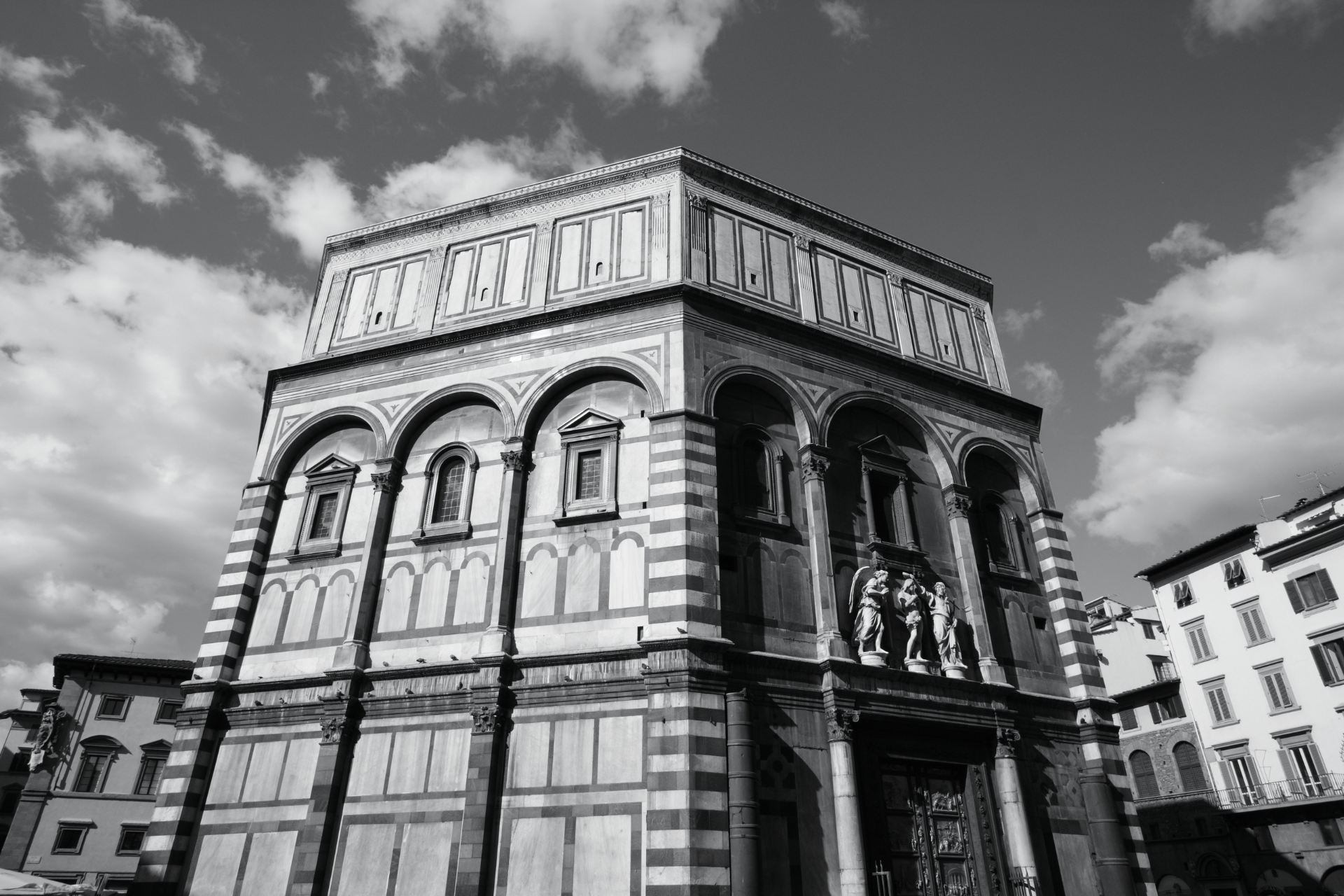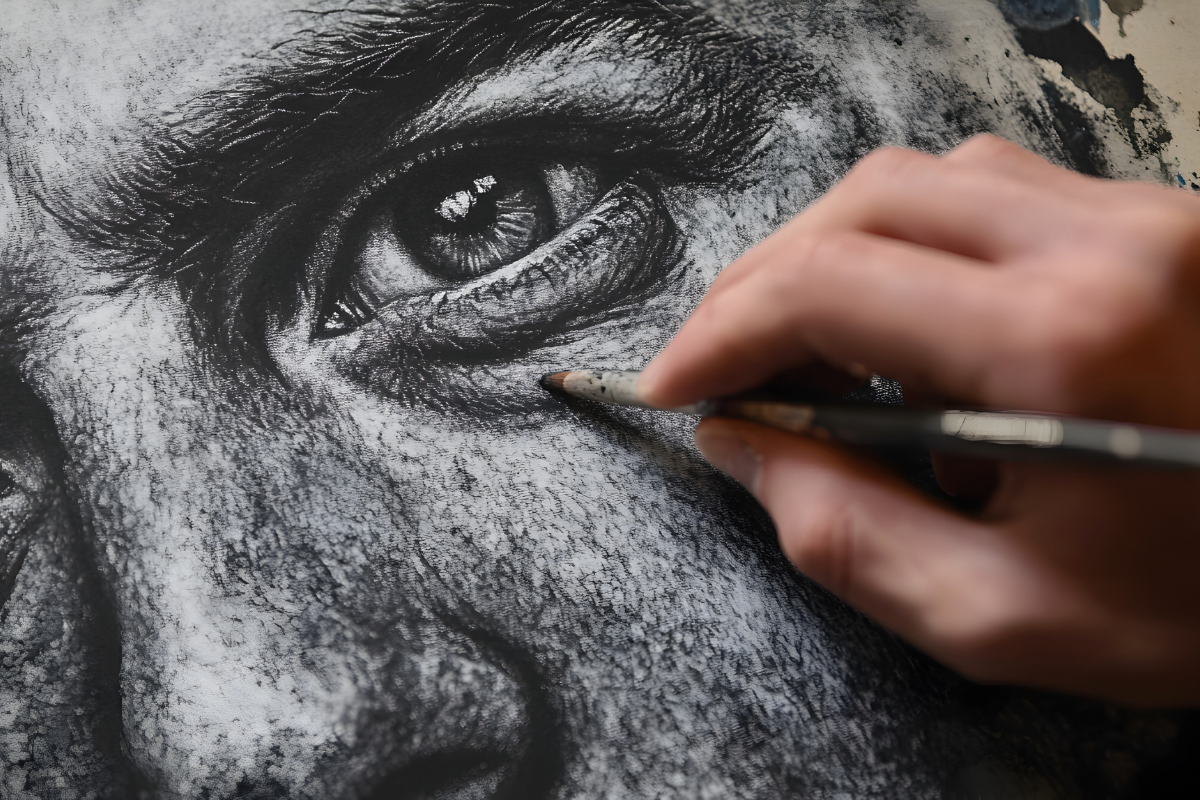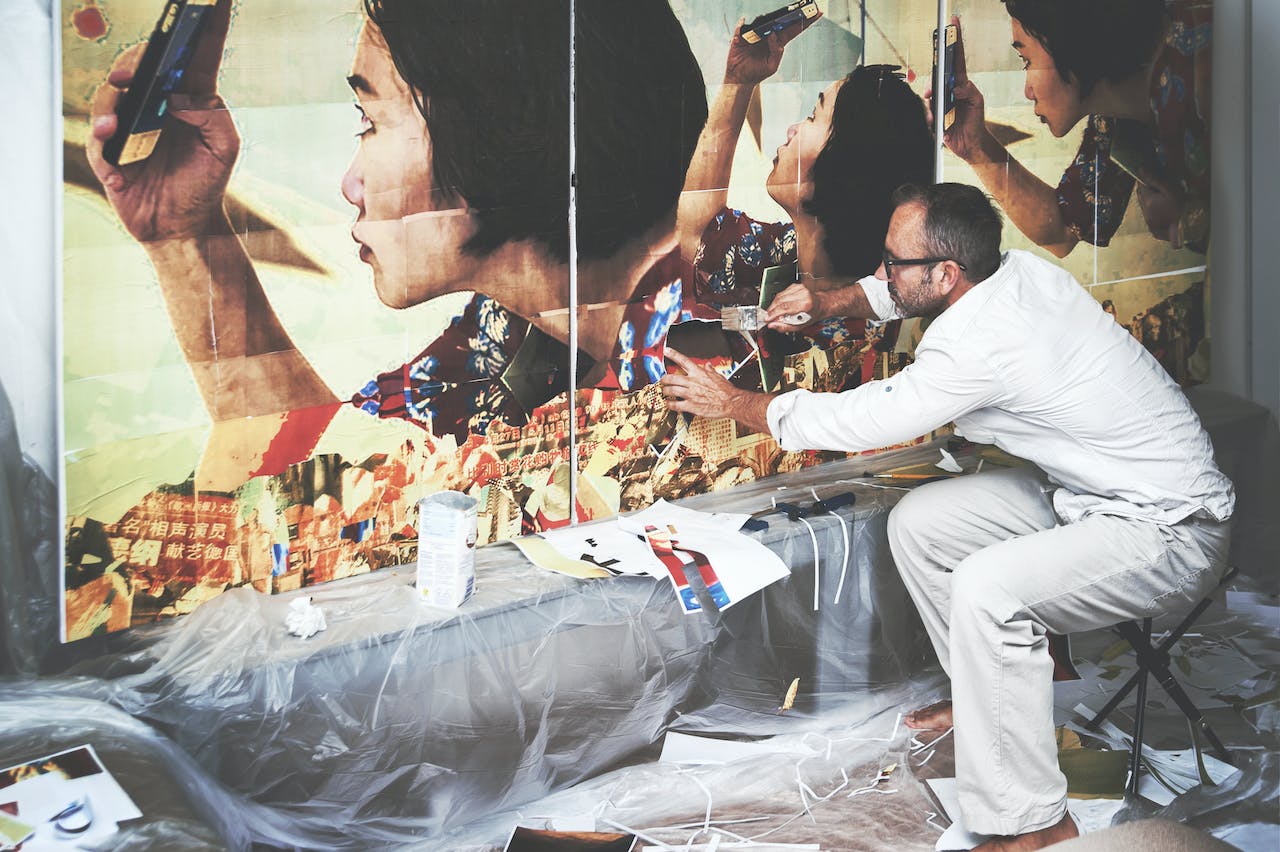A Brief History of Art Competitions
Art Competitions Throughout History
Fine art competitions have been around for centuries, allowing artists to showcase their work to a broader audience and earn recognition for their talents. Historically, patronage, commissions, prestige, and incredible creative opportunities have all been prizes afforded to winners of major art competitions.
The first recorded art competition was the Florence Baptistery commission in the early 1400s. Artists were invited to submit designs for the Baptistery’s front doors, and the winner, Lorenzo Ghiberti, went on to create one of the most iconic pieces of Renaissance art. Other notable art competitions include the Prix de Rome art scholarship, founded in the 16th century and awarded artists with a chance to study in Rome, and The Paris Salon, which is still held today. Let’s take a closer look at some of these competitions and how they’ve shaped the world of fine art.
The Myth of Zeuxis and Parrhasius
In his Natural History, written in the first century A.D, Pliny the Elder shares the tale of famous Greek painters Zeuxis and Parrhasius as they competed for the title of who could paint a more realistic trompe-l’oeil (“deceives the eye”) masterpiece.
Zeuxis reportedly painted such realistic grapes that birds flew down from the sky to eat them. However, Zeuxis found himself beaten by his archrival Parrhasius, who painted a curtain so realistically that Zeuxis reached out to pull it back. According to Pliny, Zeuxis conceded defeat by saying, “I have deceived the birds, but Parrhasius has deceived Zeuxis.”
The Florence Baptistery: The First Recorded Design Competition
The Florence Baptistery, also known as the Baptistery of Saint John, was built between 1059 and 1150 in Florence, Italy. The Baptistery is renowned for its three sets of artistically significant bronze doors with relief sculptures. The history behind these doors is intriguing in more ways than one. In 1401, the Arte di Calimala announced a competition to design the doors of the east side of the baptistery. It was the city’s most prestigious commission.
The competition called for panels representing the story of Abraham’s sacrifice of Isaac. The artists were each only allotted a certain amount of bronze, and there were specifics for how many figures could be included and the required shape for the design. Italian Renaissance sculptor Lorenzo Ghiberti won the competition (when he was just 21 years old) with his rendition of the Old Testament story of Noah’s Ark. His panel was so well-received that he was given the commission to create a second set of doors, dubbed the Gates of Paradise by Michelangelo.
The Prix de Rome: The First Art Scholarship
French culture has a long history of recognizing and promoting artistic talent, going back to 1663. During this time, Louis XIV established an award called The Prix de Rome that allowed selected artists to study at the French Academy in Rome for three to five years at the state’s expense. This revolutionary award enabled artists to develop personal works and shape creative pursuits across generations. The Prix de Rome competitions and prizes were discontinued in 1968.
The Paris Salon
Established by the French government and Académie des Beaux-Arts in the late 1600s, Paris Salon quickly became known as one of the most important art competitions worldwide. The jury introduced in 1737 marked an era where artists deemed talented were promised success throughout their art career; winners were given official commissions by the French government and were sought after for portraits and private commissions. To this day, admiration for works selected at Paris Salon is highly regarded among connoisseurs within the global artistic community.
The Salon des Refusés
In 1863, the Salon rejected two-thirds of the paintings entered, including the works of Édouard Manet, Camille Pissarro, and Johan Jongkind. The rejected artists and their friends protested, and word quickly reached Emperor Napoleon III. While the Emperor had a traditional taste in art, he was also sensitive to public opinion. His office issued a statement: “Numerous complaints have come to the Emperor on the subject of the works of art which were refused by the jury of the Exposition. His Majesty, wishing to let the public judge the legitimacy of these complaints, has decided that the works of art which were refused should be displayed in another part of the Palace of Industry.”
To many, this marked the creation of the avant-garde. The 3,000 works passed over by the Salon were shown in a nearby gallery hall, with over one thousand visitors daily. Manet’s Luncheon on the Grass was among the paintings shown in this exhibition, as was Whistler’s Symphony in White, No. 1: The White Girl.
The Olympics
Did you know that the Olympics awarded official medals for painting, architecture, literature, sculpture, and music for the first four decades of the competition? Beginning in 1912, gold, silver, and bronze medals were awarded to winners in each category. As medals were awarded in five categories, the competitions were nicknamed the ‘Pentathlon of the Muses.’
Unfortunately, after 1952 these medal ceremonies were discontinued, and since then, there have been no official Olympic competitions for fine art.
Choosing the Right Art Competition
Art competitions have played a pivotal role in shaping what we consider fine arts today. Through these competitions, we have seen some of history’s most iconic works of art come to life. Who knows what masterpieces we will see next?
Find your next income and exhibition opportunity here on TheArtList!















